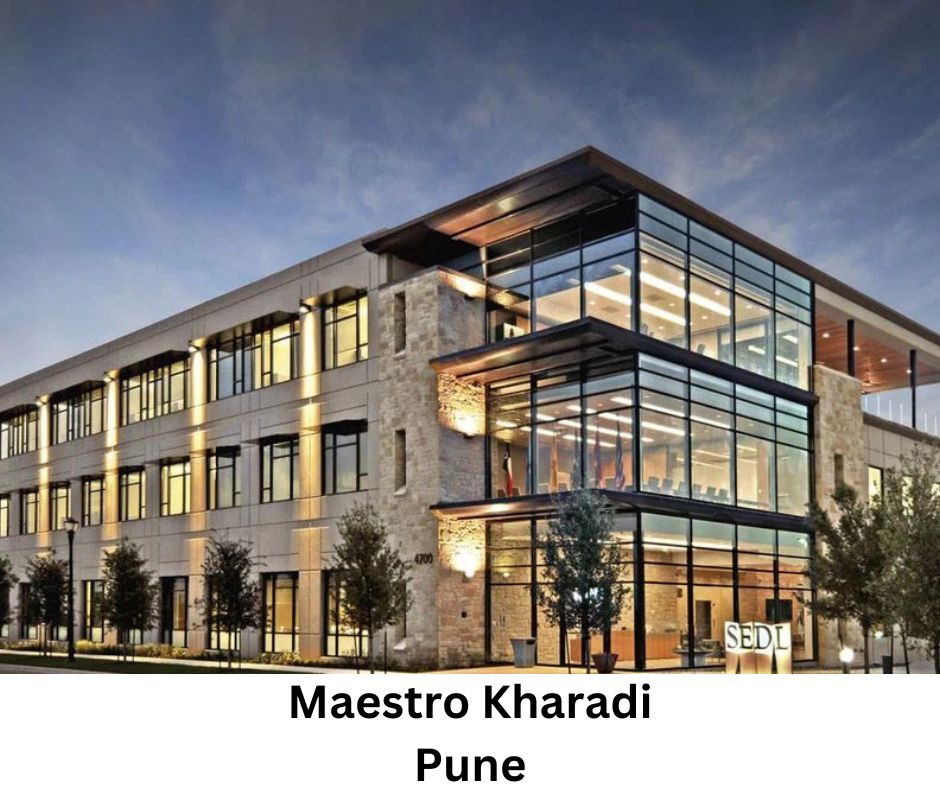When selecting building materials for demanding environments, durability, heat resistance, and structural integrity are essential considerations. Among the top materials used in construction and industrial applications are boards made of fiber cement and refractory boards. Each material has unique strengths and is suited for specific applications. Understanding the key differences between the two can help you make an informed decision based on your project’s needs.
1. What Are Fiber Cement Panels?
Boards made of fiber cement are a composite material made from cement, cellulose fibers, and other additives. They are widely used in commercial, industrial, and residential construction for both exterior and interior applications. These panels are known for their strength, dimensional stability, and resistance to weather, fire, and insects.
Common uses include siding, cladding, and backer boards for tile installations. Their versatility allows for a variety of finishes, making them suitable for modern architectural designs. Fiber cement panels can mimic the look of wood, stone, or masonry while offering far greater resistance to moisture and rot.
2. Understanding Refractory Boards
Boards for refractory materials, on the other hand, are specialized materials designed for high-temperature applications. These boards are made from ceramic fibers, minerals, and binders, formulated to withstand extreme temperatures often found in kilns, furnaces, fireplaces, and industrial equipment. Their primary purpose is insulation and thermal protection in environments exceeding 1,800°F (980°C).
Boards for refractory materials are typically lightweight, easy to cut, and efficient at minimizing heat transfer. They are used in applications where traditional insulation materials would fail, providing essential thermal stability and energy efficiency.
Key Differences in Performance
- Temperature Resistance: One of the most notable differences is temperature tolerance. Components made of fiber concrete are fire-resistant and can handle occasional exposure to heat, but boards for refractory materials are engineered to endure continuous high-temperature conditions.
- Structural vs. Insulating Use: Components made of fiber concrete offer structural support and visual appeal, while boards for ceramic materials serve primarily as insulation. Refractory materials are not load-bearing but are critical for protecting surrounding materials and equipment from heat damage.
- Durability: Both materials are durable, but their durability is context-dependent. Components made of fiber concrete resist weather, moisture, and physical impact, making them ideal for external and architectural applications. Boards for ceramic materials, while more fragile physically, are incredibly resilient in thermal applications.
- Installation: Boards made of fiber cement require tools suited for masonry or concrete and are generally heavier. Refractory boards are lightweight, easy to shape, and can be installed using adhesives or mechanical fasteners, depending on the thermal application.
- Maintenance: Fiber cement panels require minimal upkeep and are designed to retain their appearance for years, even in harsh environments. Boards for ceramic materials typically remain in place once installed and require replacement only after prolonged exposure or mechanical damage.
Final Thoughts
Choosing between fiber cement panels and boards for ceramic materials depends on the specific requirements of your project. For structural, weather-resistant, and aesthetically flexible solutions, components made of fiber concrete are a solid choice. For heat-intensive environments requiring thermal insulation, boards for refractory materials are essential. At Foundry Service & Supplies, we provide expert guidance and high-performance materials tailored to your application, ensuring safety, longevity, and exceptional results in any environment.

